

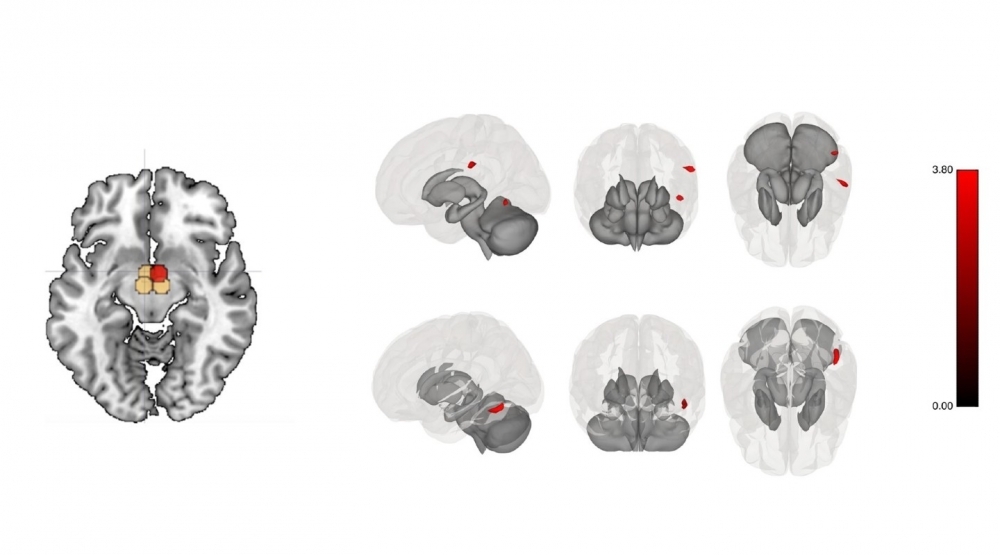
In a study conducted in São Paulo, Brazil, exercise training increased connectivity between the hypothalamus and sensory regions, accelerating satiety, for example.
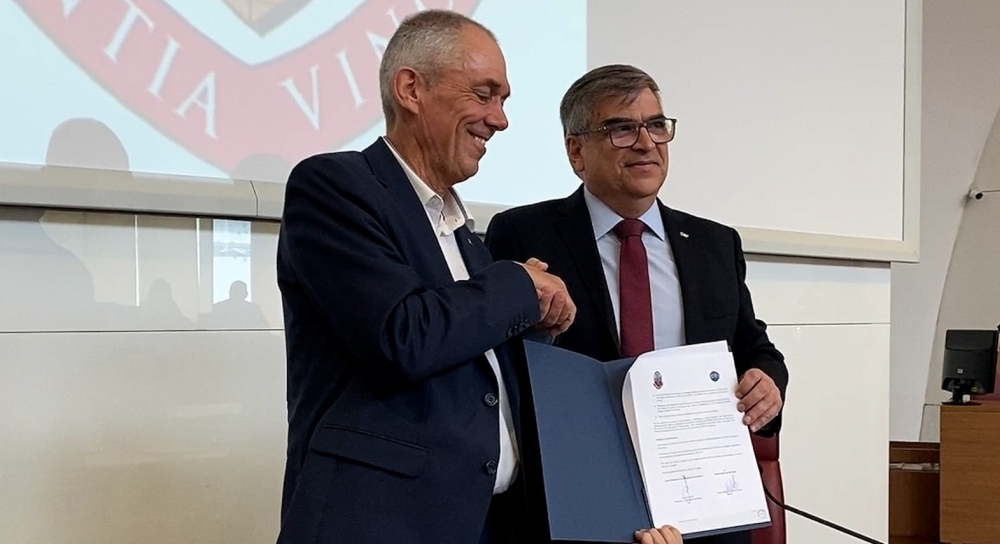
France’s leading public-sector scientific research organization already has similar partnerships in the US, UK and Japan. FAPESP President Marco Antonio Zago expressed interest in supporting projects conducted at the center to be set up in São Paulo, Brazil, focusing on areas such as oceanography, biodiversity, and sustainability.
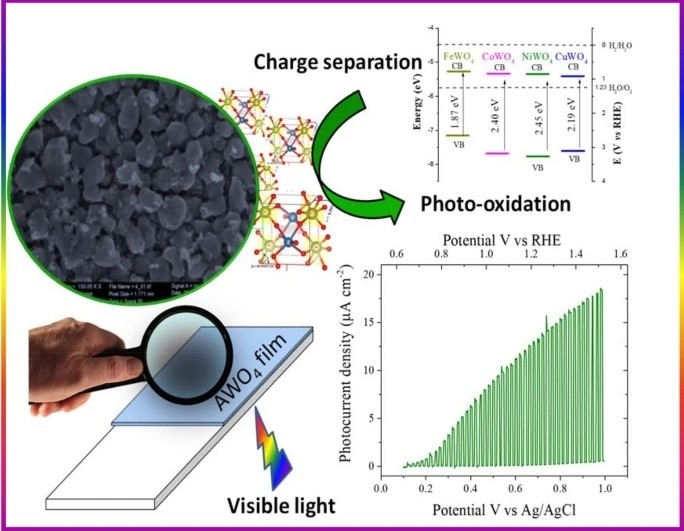
Thin films of transition metal tungstate showed potential for use in water splitting reactions and other photoelectrocatalytic applications.
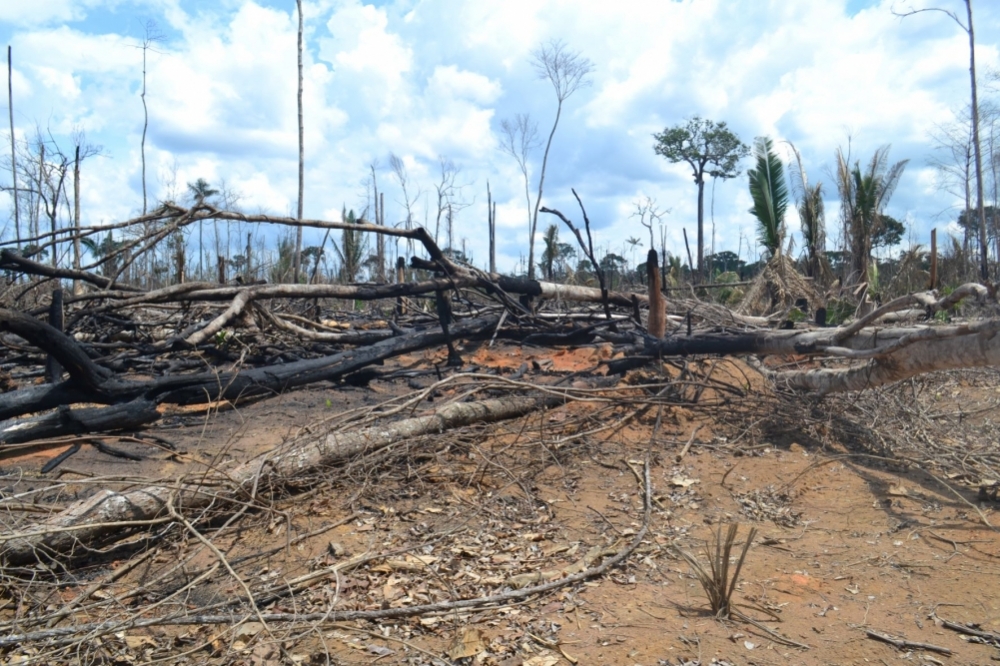
Fire destroyed 4,141 km² of forest and 6,484 km² of pasture and cropland between 2003 and 2019 in the area of Boca do Acre, Amazonas state, North Brazil, according to a recently published report. A year-by-year breakdown shows that the area affected by fire ranged from a low of 33 km² in 2011 to a high of 681 km² in 2019.

Researchers discuss 17 case studies conducted in the Americas, Asia-Pacific and Africa involving ways to implement integrated management of water, energy and food.

Analysis conducted in Spain used a methodology developed by researchers at the State University of Campinas to detect many toxins simultaneously.

A survey of news items on Brazilian deer published between 2011 and 2021 shows that most referred to habitat loss and poaching, but diseases transmitted by cattle and low reproductive efficiency were ignored as factors that can lead to species extinction. Lack of the right information can hinder conservation efforts.
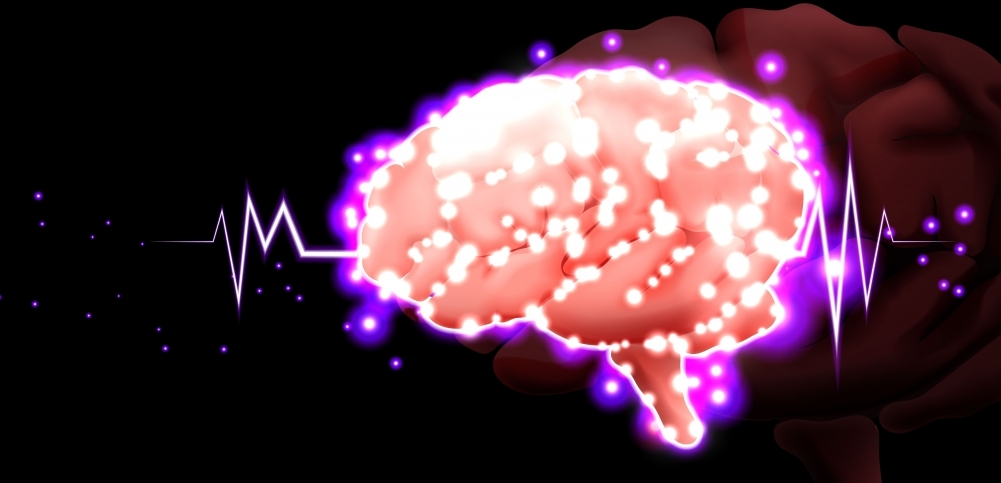
A study in rats analyzed neural rhythm in the prefrontal cortex and hippocampus with machine learning techniques. The results could guide future personalized treatments for psychiatric disorders.

Machine learning tool measures how environmental variables such as humidity and solar radiation affect the amount of carbon captured in a given area.
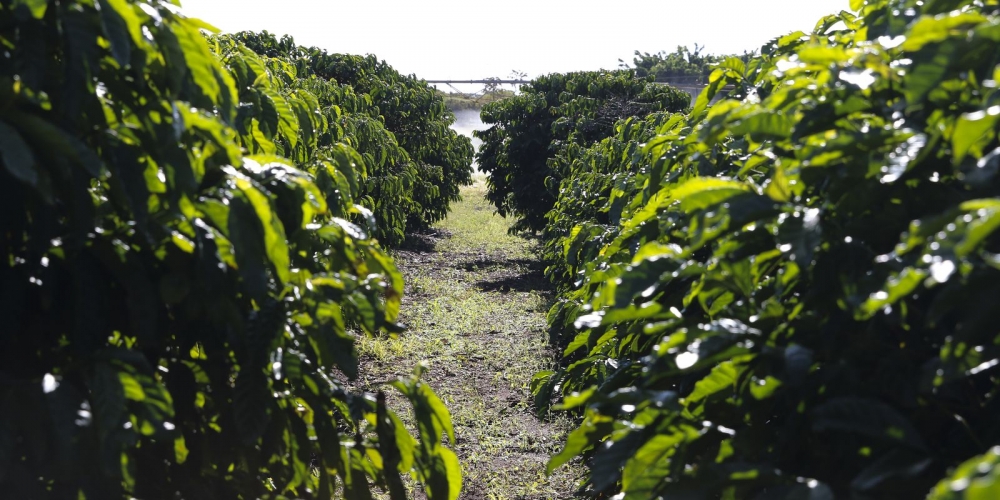
The researchers analyzed data for more than 500 coffee farms in areas of Atlantic Rainforest and Cerrado, Brazil’s savanna-type biome, in 84 municipalities in the states of São Paulo and Minas Gerais.
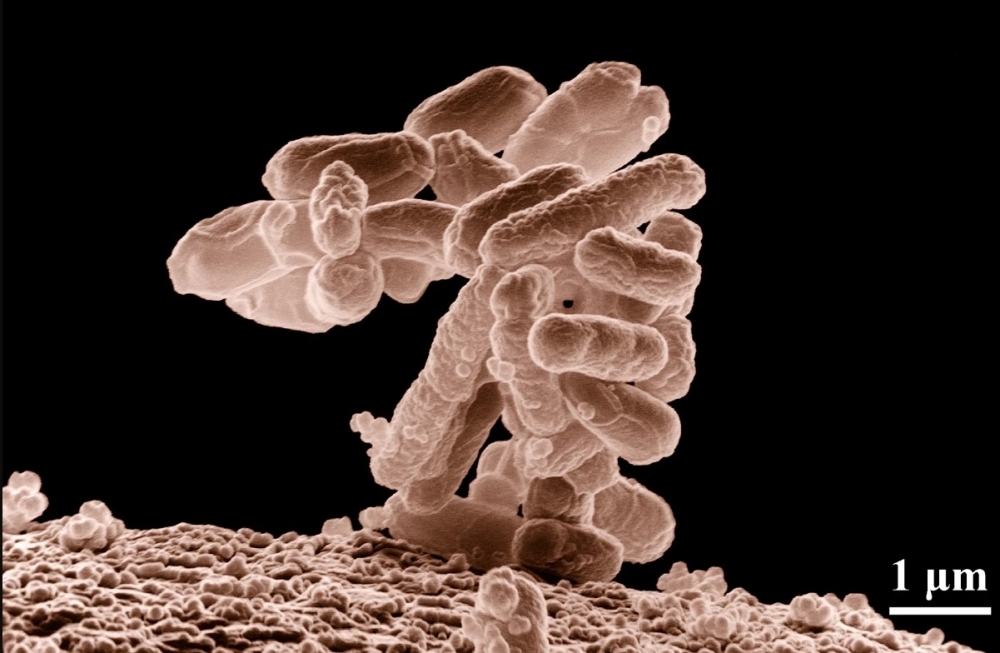
The aim of the study was to analyze the virulence and antimicrobial resistance profile of the main agent of urinary tract infections.

Fatigue, breathlessness and other symptoms that may persist months after recovery from the infection may both favor sedentarism and be more frequent as a result of an inactive lifestyle, according to findings described by researchers at the University of São Paulo in an article in Scientific Reports.

Significant changes in gut microbiota were observed in 42 men with coronary artery disease after they took 250 ml of red wine per day for five days a week over a period of three weeks.
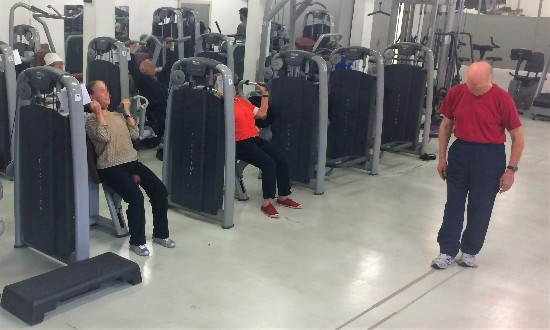
The study involved 28 volunteers diagnosed with sarcopenia, which is characterized by loss of muscle mass and strength.
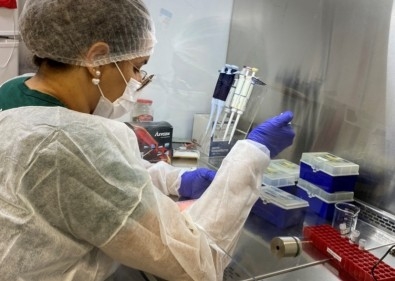
Researchers followed 286 volunteers during a wave of COVID-19 in the Northeast region of Brazil in the first quarter of 2022. The number of cases fell among those who had been vaccinated with three doses, and they had more neutralizing antibodies than subjects who had not completed the vaccination scheme even when previously infected.
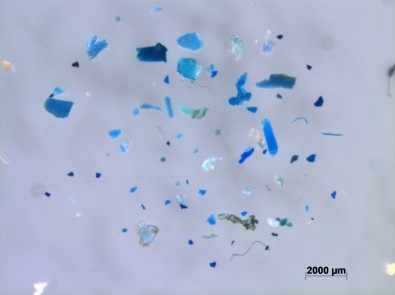
An article by researchers at the Federal University of São Paulo argues that the analysis should consider not just the quantity but also the size and shape of plastic particles in water samples, as these variables influence the impact of plastic pollution on ecosystems.
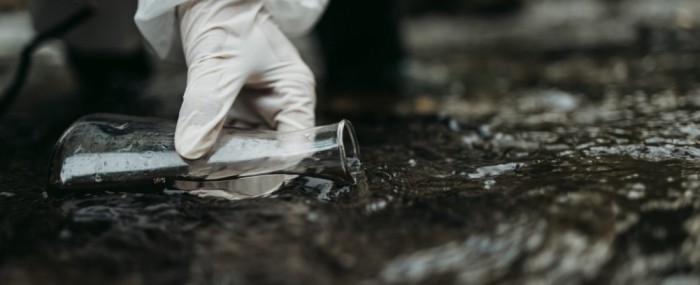
The novel material was synthesized at the Center for Development of Functional Materials. The aim of the study was to combat the contamination caused by inappropriate disposal of pesticides and pharmaceuticals.
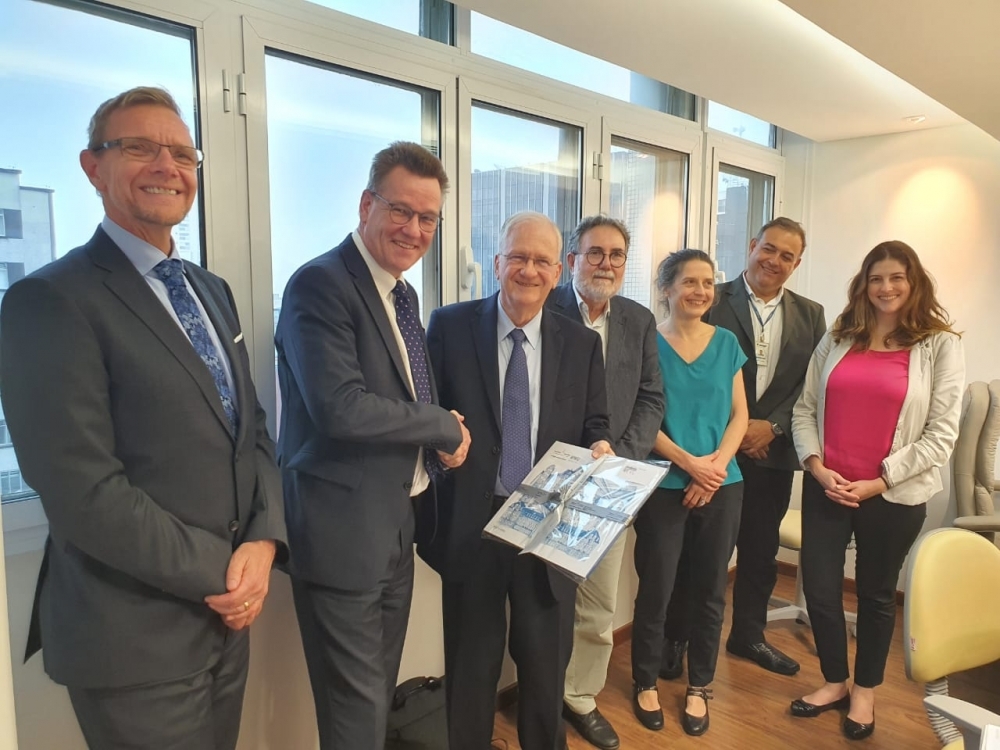
Representatives of the German higher education institution met with FAPESP’s senior executives to talk about their shared commitment to fostering research on sustainability.
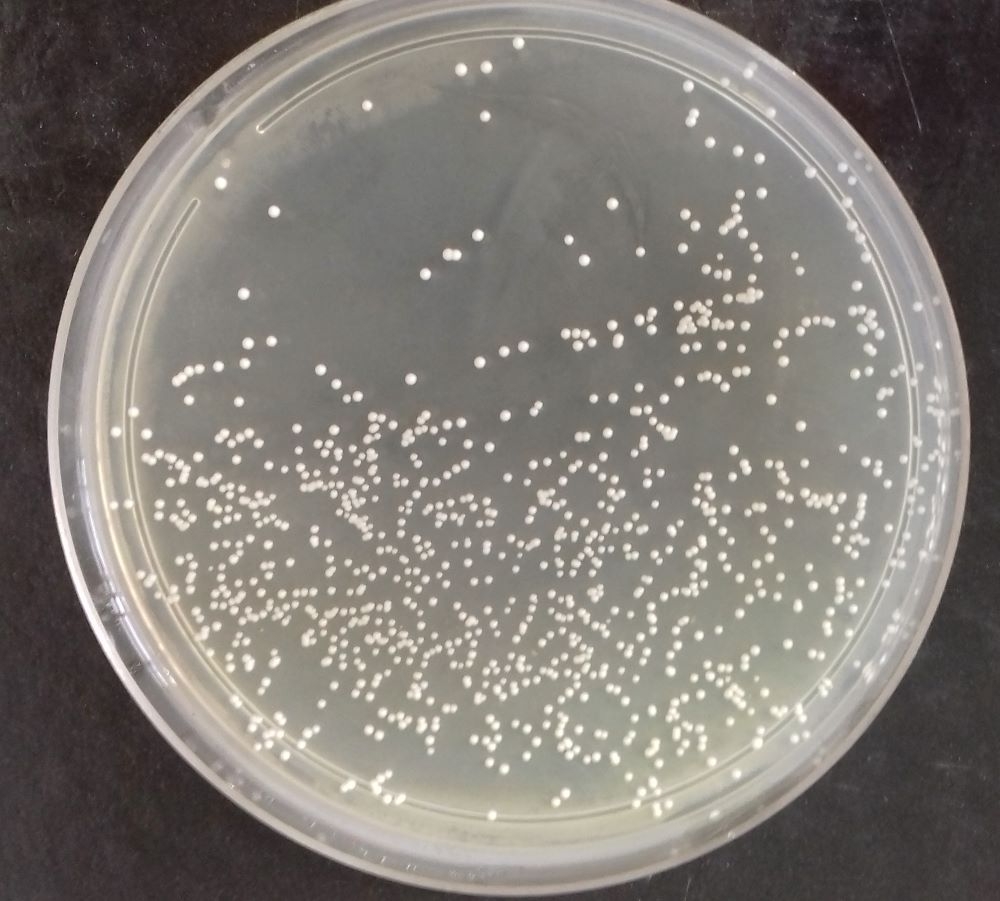
Brazilian researchers conducted preclinical trials involving mice to find the ideal dose and administration regime. The results suggest high daily doses of the probiotic are needed to obtain the benefit.
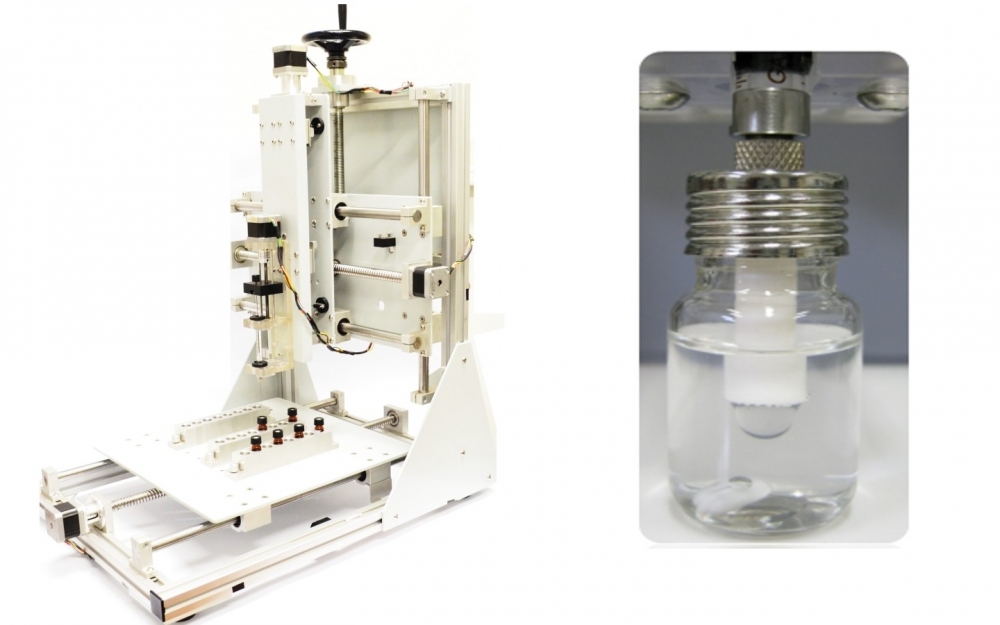
Technology developed at the University of São Paulo increases the precision of chemical analysis and reduces the use of expensive toxic solvents. The immediate focus was on parabens, potentially carcinogenic compounds used in industry as preservatives.
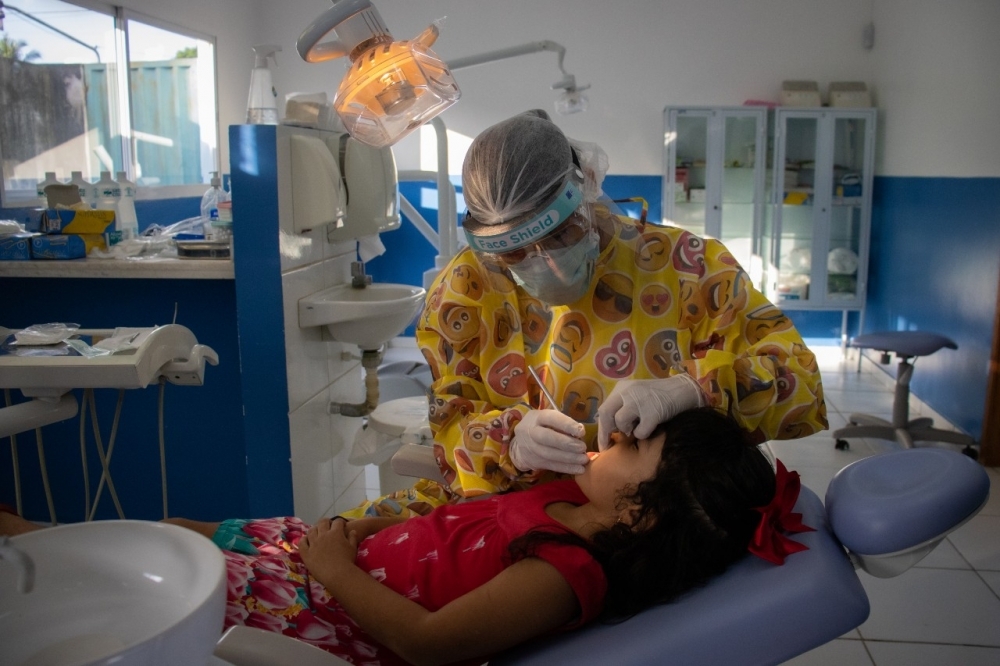
In a Brazilian study involving 800 children, researchers found that extended breastfeeding protects the baby’s teeth as long as it is not given sugary food.

A study conducted at the University of São Paulo provides knowledge for use in diagnosing and treating chronic fatigue syndrome, which affects 10%-20% of patients who recover from COVID-19.

Using experimental fires set at different times of year in the Campos Amazônicos National Park, Brazilian researchers found that lags in acquiring and assessing information obtained from satellite imaging can lead to misinterpretation. The study points to the need for adjustments to monitoring algorithms.
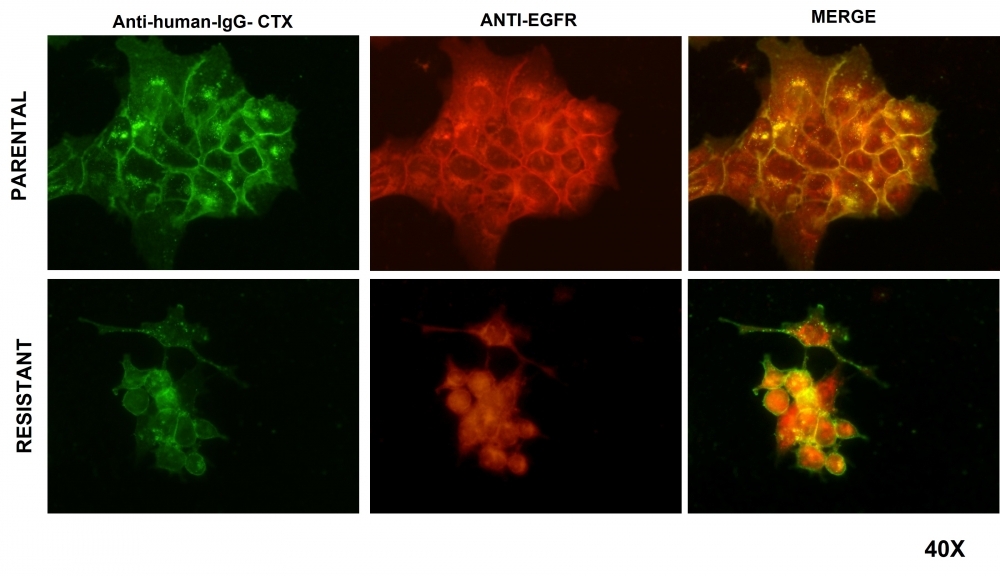
Cetuximab is one of the few drugs approved for this type of cancer, but it is expensive and effective only for 40% of patients. An article in the journal Cells describes molecular alterations observed in tumor cells that indicate resistance to the drug, paving the way to the development of a predictive test.

A study by Brazilian researchers shows that the use of bioenergy avoids greenhouse gas emissions. Another benefit of their bioreactor is conversion of apple pomace into organic fertilizer.